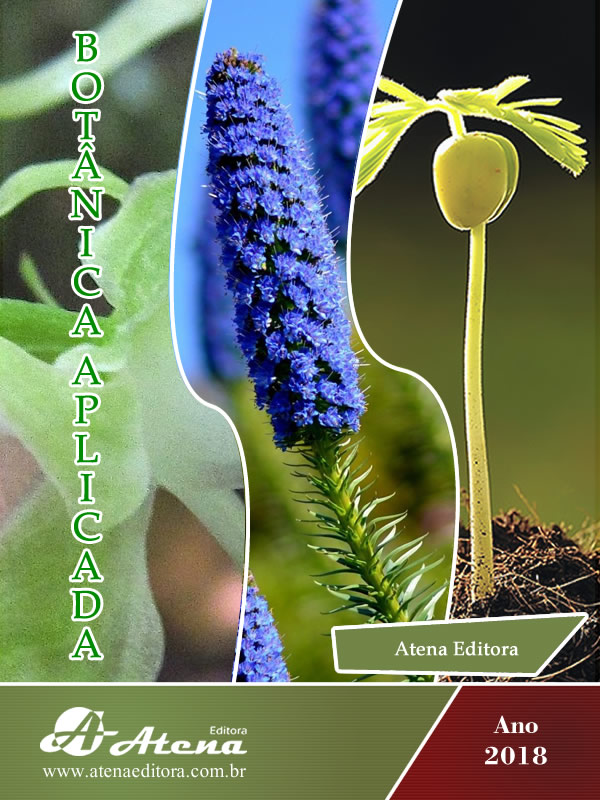
O USO DA ANIMAÇÃO APLICADO AO ENSINO DE CIÊNCIAS TENDO COMO FERRAMENTA A HORTA ESCOLAR
O uso de tecnologias multimídias, nos dias de hoje, é uma realidade também em muitas escolas, tanto por alunos quanto por professores, seja para fotografar e filmar, seja para realizar pesquisas na internet ou acessar redes sociais. Atividades pedagógicas diversas, comumente desenvolvidas no cotidiano da escola, aliadas à utilização de novas tecnologias, podem se mostrar bastante eficazes no processo de ensino-aprendizagem. Com o objetivo de demonstrar a aplicação do método científico associado à técnica de animação Stop Motion (animação de fotos em sequência), foi desenvolvida uma horta escolar com alunos do 7.º Ano da Escola Municipal Juan Antonio Samaranch. O projeto compreendeu as etapas de compostagem, preparação da terra adubada, plantio das sementes e verificação das modificações sofridas pelas plantas. A verificação se deu por meio da observação direta e da captura de imagens pelos alunos, através de seu aparelho celular. Num segundo momento, os alunos submeteram as imagens ao tratamento necessário – correções de cor, luz, brilho e contraste – e as organizaram em sequência, dando origem à animação em Stop Motion. O vídeo apresentou as diferentes etapas da dinâmica de germinação e de crescimento das hortaliças, permitindo, também, a visualização das mudanças fisionômicas e fisiológicas sofridas, bem como a influência da temperatura e da água nesse processo. Pelos resultados obtidos, acreditamos que este projeto contribui para o enriquecimento da aprendizagem referente ao conteúdo “Reino Vegetal”, aos referidos alunos do Ensino Fundamental.
O USO DA ANIMAÇÃO APLICADO AO ENSINO DE CIÊNCIAS TENDO COMO FERRAMENTA A HORTA ESCOLAR
-
DOI: Atena
-
Palavras-chave: Ensino de Ciências, Reino Vegetal, horta escolar, animação, fotografia.
-
Keywords: Science Teaching, Vegetable Kingdom, school vegetable garden, animation, photography
-
Abstract:
The use of multimedia technologies is frequent in today's schools, both by students and teachers, whether to photograph, to film, to accomplish searches on the internet or to access social networks. The use of activities already used in teaching science, such as the school vegetable garden, allied to the application of new technologies can show to be quite effective in the teaching-learning process of students. An activity was carried out with students of the 7th year of the Juan Antonio Samaranch Municipal School, aiming to show how the scientific method works by planting the school vegetable garden and to associate it with the use of multimedia technology. For this, the Stop Motion animation technique was chosen (that uses sequence photographs animation). Each stage of vegetable garden preparation was photographed by the students with the cell phone. The project consisted of composting, preparation of fertilized soil; seed planting; photography of vegetables and verifying the changes, through photographs, that occurred in the plants. In a second moment, the collected images were treated by the students (corrections of color, light, brightness and contrast) and then the sequences of photos that originated the animation were organized. From the Stop Motion technique and the school vegetable garden, the student can visualize the different stages of the germination dynamics and the growth of the vegetables, besides observing physiognomic and physiological changes, the influence of temperature and water. Therefore, we believe that this activity contributes to the enrichment of learning in relation to the "Vegetable Kingdom" content for elementary school students.
-
Número de páginas: 18
- Lucineia Alves


